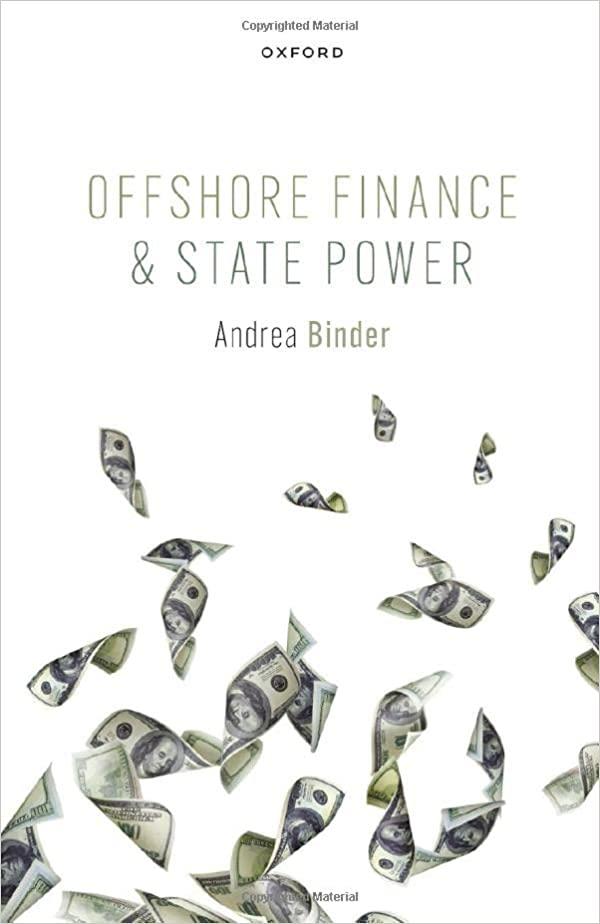Question
Company A is a U.S. international company, and Company B is a Japanese local company. Company A is negotiating with Company B to sell its
Company A is a U.S. international company, and Company B is a Japanese local company. Company A is negotiating with Company B to sell its operation in Tokyo to Company B. The deal will be settled in Japanese yen. To avoid a loss at the time when the deal is closed due to a sudden devaluation of yen relative to dollar, Company A has decided to buy at-the-money dollar-denominated yen put of the European type to hedge this risk. You are given the following information:
(i) The deal will be closed 3 months from now.
(ii) The sale price of the Tokyo operation has been settled at 120 billion Japanese yen.
(iii) The continuously compounded risk-free interest rate in the U.S. is 3.5%. 212 THE BLACK-SCHOLES MODEL
(iv) The continuously compounded risk-free interest rate in Japan is 1.5%.
(v) The current exchange rate is 1 U.S. dollar = 120 Japanese yen.
(vi) The yen per dollar exchange rate and the dollar per yen exchange rate have the same daily volatility 0.261712%.
(vii) 1 year = 365 days; 3 months = 1 4 year.
Assuming the Black-Scholes pricing framework, calculate Company As option cost. [answer:$7,624,,538.365]
C(F, K, , r, T, r) = F erTN(d1) KerTN(d2)
where d1 = [ln (F/K) + 0.5 2T] /[ T]
and d2 = d1 T .
The put price is given by P(F, K, , r, T, r) = KerTN(d2) F erTN(d1) which can be found via the put-call parity: P(F, K, , r, T, r) = C(F, K, , r, T, r) + KerT F erT
Step by Step Solution
There are 3 Steps involved in it
Step: 1

Get Instant Access to Expert-Tailored Solutions
See step-by-step solutions with expert insights and AI powered tools for academic success
Step: 2

Step: 3

Ace Your Homework with AI
Get the answers you need in no time with our AI-driven, step-by-step assistance
Get Started


